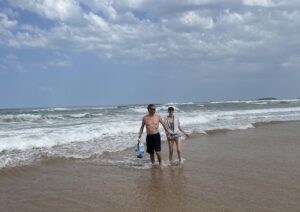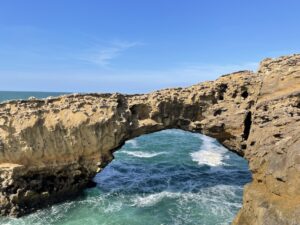 On a recent trip to England, our son took us to visit historic Warwick, an enclosed city. The highlight of the afternoon for me was going for a proper English cream tea at the Oken Tea Rooms.
On a recent trip to England, our son took us to visit historic Warwick, an enclosed city. The highlight of the afternoon for me was going for a proper English cream tea at the Oken Tea Rooms.
The Tea room is actually several quirky rooms of the 500 year old house where the wealthy merchant and former mayor, Thomas Oken, once lived near the Warwick Castle. The house of yesteryear is enchanting for its’ old world charm.
The walls of the half-gabled house slanted and the roof sagged, looking like a picture in a fairytale. When we walked into the reception area by the till, sacks of 30 different loose leaf teas - jasmine, lemon grass, mango, Japanese cherry and others - could be purchased along with other sweet treats like caramelized clotted cream nuggets.
The waitresses, donning aprons over casual slacks, shorts and T-shirts, bustled about  looking like they stepped out of the back kitchen where they baked homemade cakes and scones. Patrons spilled out of the ground floor tea rooms, so our waitress led us up a rickety, winding, ancient staircase that made me feel like I stepped into the old nursery rhyme.
looking like they stepped out of the back kitchen where they baked homemade cakes and scones. Patrons spilled out of the ground floor tea rooms, so our waitress led us up a rickety, winding, ancient staircase that made me feel like I stepped into the old nursery rhyme.
“There was a crooked man…He bought a crooked cat, which caught a crooked mouse,
And they all liv'd together in a little crooked house.”
We ducked under the doorway and stepped into the past of what looked like a parlor from the eighteen hundreds. Stuffed sofas and antique chairs surrounded wooden tables where families whiled away time sipping tea.
 We squeezed around a low table designed for short-statured folks of earlier times. We folded our long legs; our knees knocked into the furniture.
We squeezed around a low table designed for short-statured folks of earlier times. We folded our long legs; our knees knocked into the furniture.
The tea was served on crockery that looked like it came straight out of great granny’s china cabinet. The tea, served in individual pots, included a strainer to separate the tea leaves. Fist-sized, fluffy, light scones balanced on trays alongside ceramic bowls, one laden with strawberry jam and thick, clotted cream in the other.
One bite of a cream topped scone was bliss.
Hungrier visitors could enjoy a full lunch or dinner or you could make a meal out of Tea for Three option, presented on a cake trolley, with a tiered glass plate towering with scones, cakes and finger sandwiches cut in triangles.
The only thing missing from our traditional tea was our lovely British daughter-in-law. I wished she had been with us to explain the difference between low tea and high tea. She’d probably say what any British person would tell you, anytime is a good for “a cuppa.”


 Awe-struck by the sight of the colorful, long house boats, I peppered the people floating past with questions. Friendly folks answered all of my silly inquiries.
Awe-struck by the sight of the colorful, long house boats, I peppered the people floating past with questions. Friendly folks answered all of my silly inquiries. The average 7 foot by 50 foot narrow boat has about 350 square feet of space for a bedroom, kitchen, living area, toilet, and cockpit. A small refrigerator, stove, cupboards and a narrow table squeezed on one side of the boat. Most have electric heat or a wood burning stove.
The average 7 foot by 50 foot narrow boat has about 350 square feet of space for a bedroom, kitchen, living area, toilet, and cockpit. A small refrigerator, stove, cupboards and a narrow table squeezed on one side of the boat. Most have electric heat or a wood burning stove. “Me ’n dad sleep on the couch that folds out into a bed right in front the telly,” he added. “Granddad sleeps in the bow and this here is the toilet and shower.”
“Me ’n dad sleep on the couch that folds out into a bed right in front the telly,” he added. “Granddad sleeps in the bow and this here is the toilet and shower.” Much like the English cottages in the village, each boat on the canal has its own name and unique identity with eclectic collections of artifacts, various potted plants and flower boxes decorating their colorful painted exteriors with names like Athena, Beulah Mae, Lady Anne, Jemima, Tubby Bunny, Rollin Along, Bubbling Billy, End and Beginning
Much like the English cottages in the village, each boat on the canal has its own name and unique identity with eclectic collections of artifacts, various potted plants and flower boxes decorating their colorful painted exteriors with names like Athena, Beulah Mae, Lady Anne, Jemima, Tubby Bunny, Rollin Along, Bubbling Billy, End and Beginning collision. Bow, or fore end. Deck. Fore and aft.
collision. Bow, or fore end. Deck. Fore and aft.
 I was excited as a two-year-old to take my first walk in wellies across the beautiful British countryside (I am easily amused.) Wellies, the symbol of British culture, reflect the lasting legacy of the Duke of Wellington and the term carries a sense of tradition, practicality, and British identity.
I was excited as a two-year-old to take my first walk in wellies across the beautiful British countryside (I am easily amused.) Wellies, the symbol of British culture, reflect the lasting legacy of the Duke of Wellington and the term carries a sense of tradition, practicality, and British identity.
 The British waterproof gumboots are usually made from rubber or PVC. Traditionally Wellies come in black, olive green, tan color or print and hit just below knee level.
The British waterproof gumboots are usually made from rubber or PVC. Traditionally Wellies come in black, olive green, tan color or print and hit just below knee level. Today's wellies, with varied color options and patterns, permit people to add personal style to functional footwear. They can be paired to match every outfit and occasion.
Today's wellies, with varied color options and patterns, permit people to add personal style to functional footwear. They can be paired to match every outfit and occasion.
 For me, a seasoned traveler having lived abroad nearly half a century, air travel has never been more challenging. Especially internationally. Especially for mixed nationals.
For me, a seasoned traveler having lived abroad nearly half a century, air travel has never been more challenging. Especially internationally. Especially for mixed nationals. I searched for more documentation to permit our authorization to board the plane. International travelers never go to a airport anywhere on the planet without the mandatory paperwork. (ie.birth certificate, marriage license,US tax payment proof, children’s birth records, COVID vaccination card)
I searched for more documentation to permit our authorization to board the plane. International travelers never go to a airport anywhere on the planet without the mandatory paperwork. (ie.birth certificate, marriage license,US tax payment proof, children’s birth records, COVID vaccination card)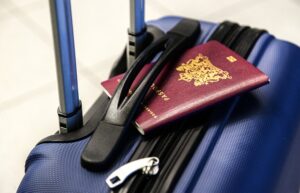
 I dashed back through the terminal and smashed into my husband racing toward me.
I dashed back through the terminal and smashed into my husband racing toward me.
 Family reunions across state lines may seem difficult, but imagine the complications trying to unite international ones like mine, living in 3 different countries. It is never easy for a French-Normand father and Norwegian-American mother sans home, in a mountain hut in Switzerland to meet up their Franco-American kids.
Family reunions across state lines may seem difficult, but imagine the complications trying to unite international ones like mine, living in 3 different countries. It is never easy for a French-Normand father and Norwegian-American mother sans home, in a mountain hut in Switzerland to meet up their Franco-American kids.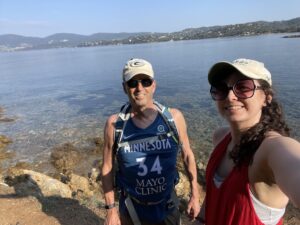 Ukrainian woman and moved to the countryside near Warwick, England. Recently, we united on the glamorous French Rivera. Whenever we gather, it is magical!
Ukrainian woman and moved to the countryside near Warwick, England. Recently, we united on the glamorous French Rivera. Whenever we gather, it is magical! and daughter-in-law, Larissa, flew to Nice from England to be with us.
and daughter-in-law, Larissa, flew to Nice from England to be with us.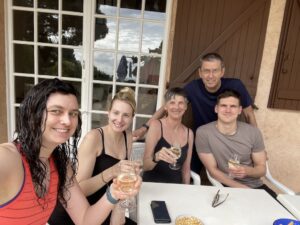 with risotto, the next night we enjoyed a rib of beef with green beans and Lari’s rosemary baked potatoes. The last evening, we dined on a giant sea bass in white wine and lemon butter.
with risotto, the next night we enjoyed a rib of beef with green beans and Lari’s rosemary baked potatoes. The last evening, we dined on a giant sea bass in white wine and lemon butter.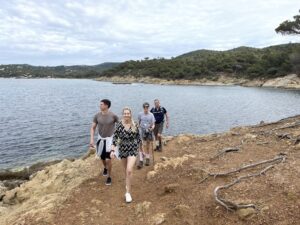 On sunny days, we hiked the rugged coastline, swam in the icy sea, read our Kindles and dozed on the beach.
On sunny days, we hiked the rugged coastline, swam in the icy sea, read our Kindles and dozed on the beach.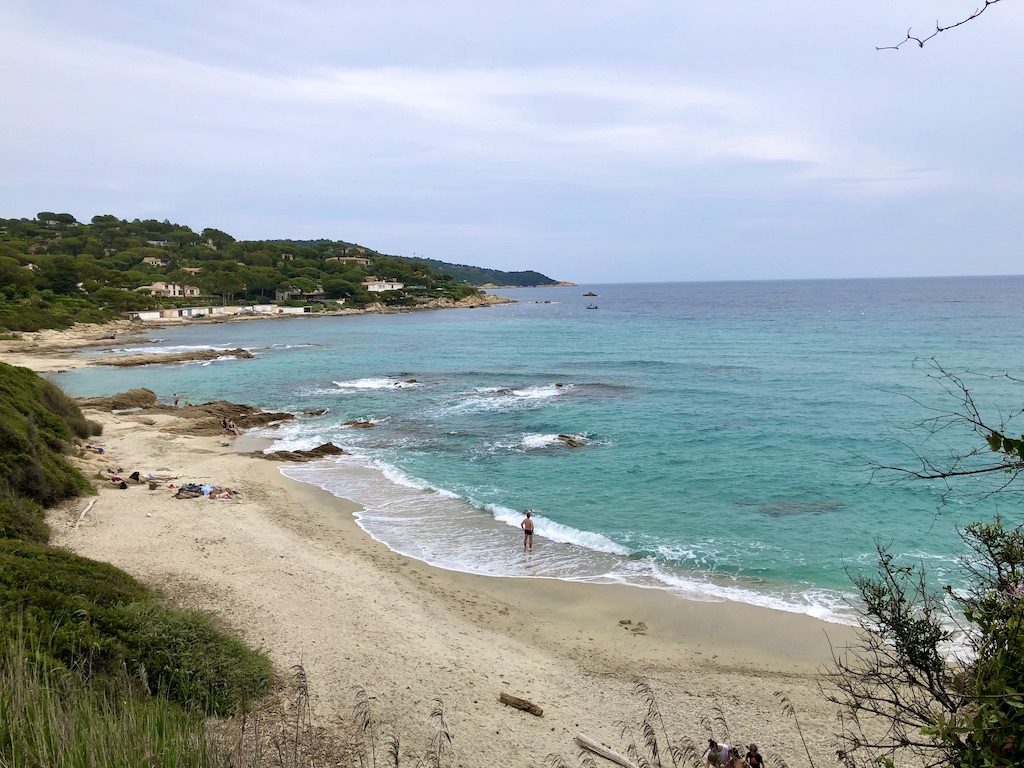
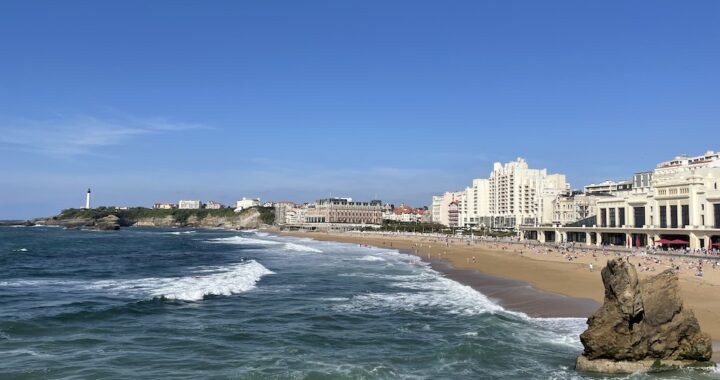
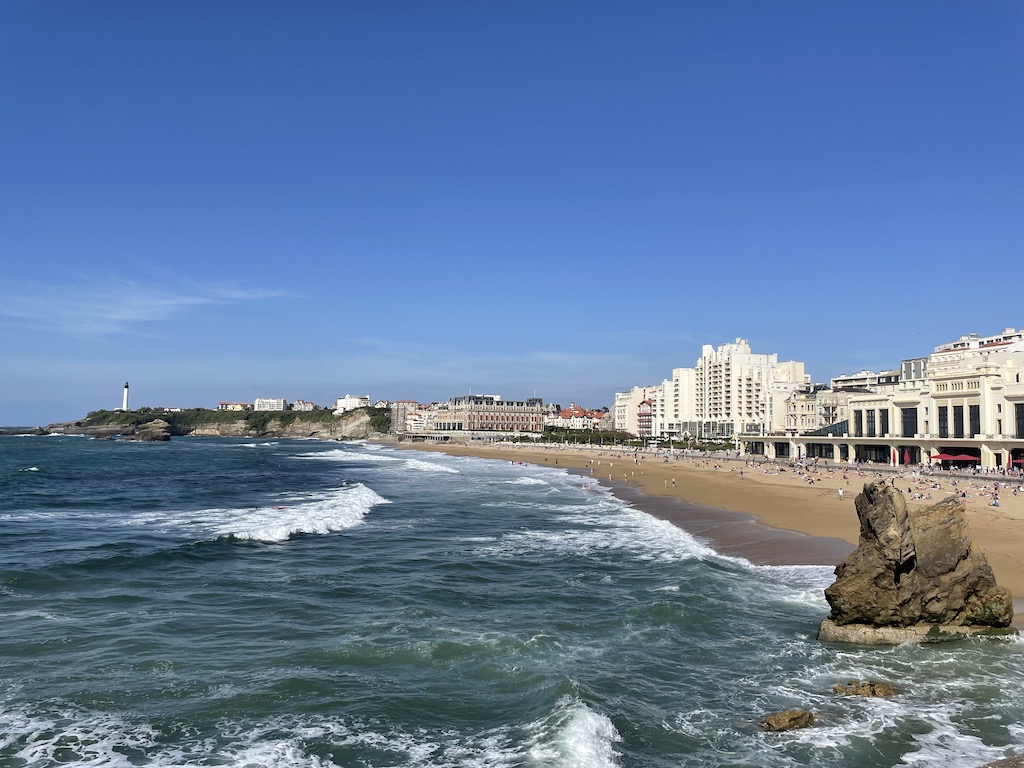
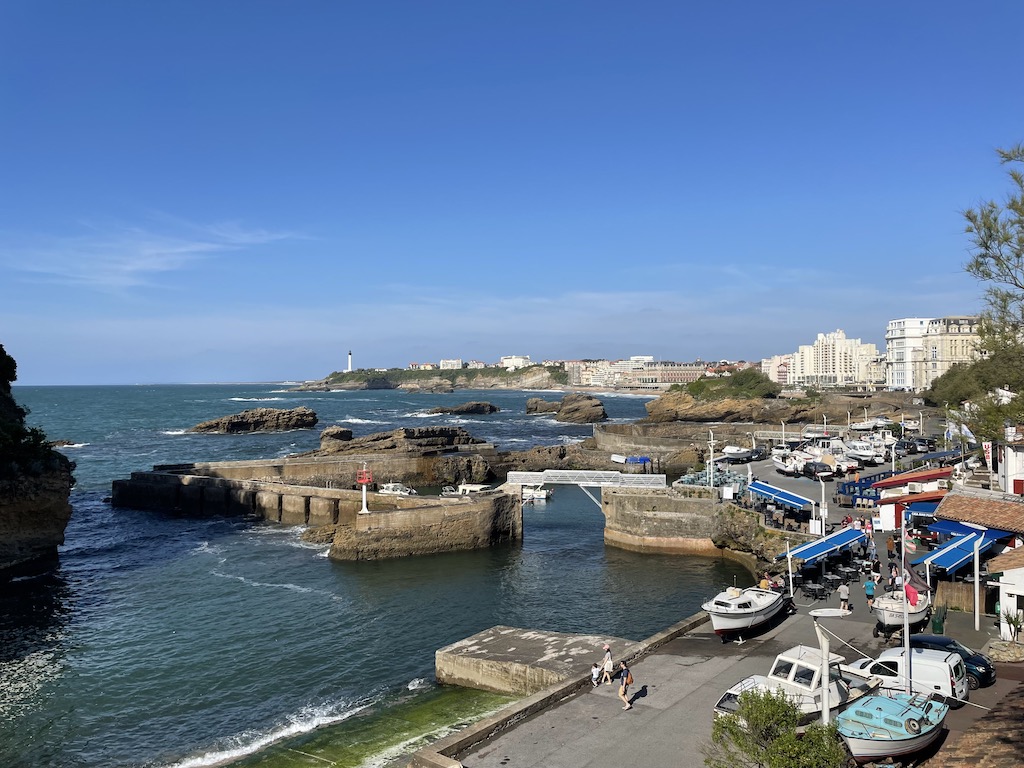
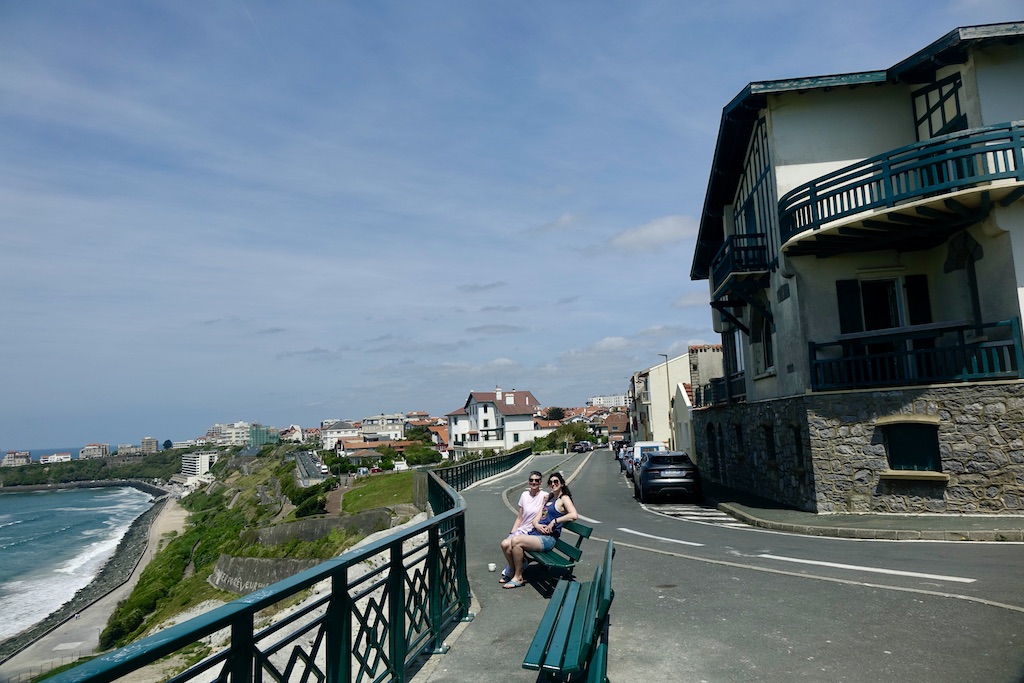
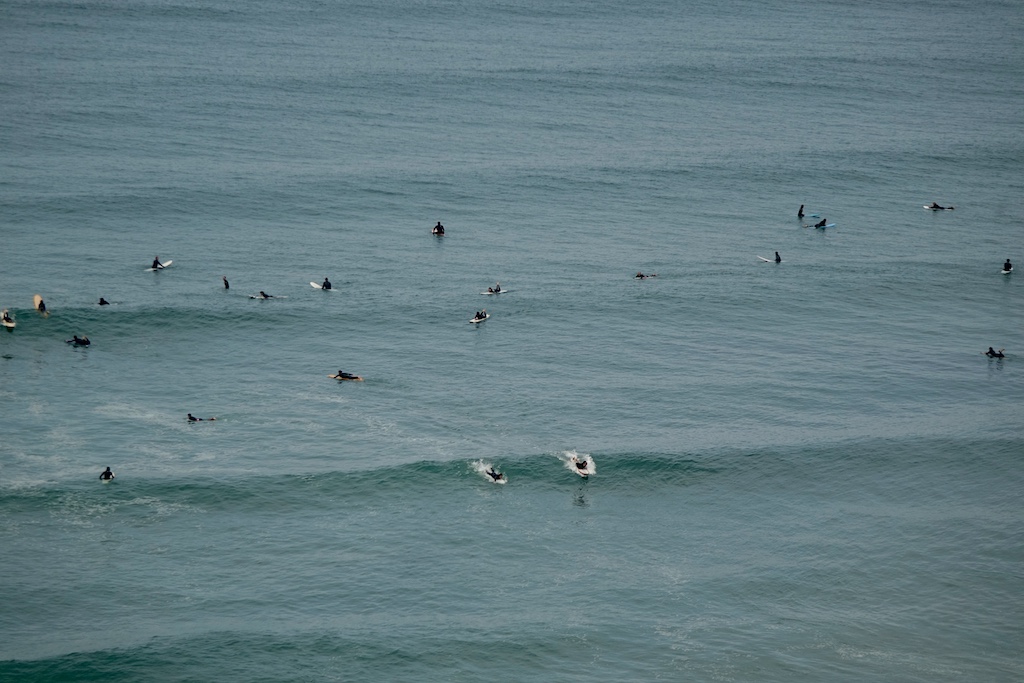
 All the outdoor exercise whet our appetites, and there was no end to eateries along the coast and in the village.
All the outdoor exercise whet our appetites, and there was no end to eateries along the coast and in the village.
